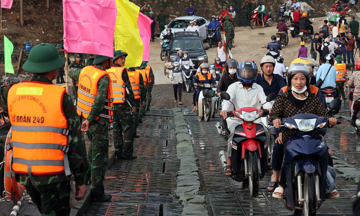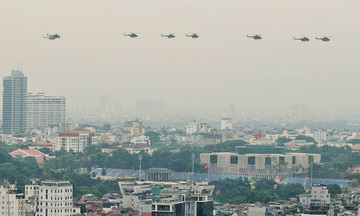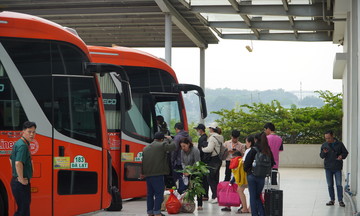On 27/6, the National Assembly approved the investment policy for the construction of the Ho Chi Minh City Ring Road 4 project, with 437 out of 441 attending delegates voting in favor.
The 159.3-km road is divided into 10 sub-projects and will be implemented through public-private partnerships (PPPs) under build-operate-transfer (BOT) contracts. The project will utilize advanced construction technologies, encourage high-tech applications, adapt to climate change, and operate using a non-stop electronic toll collection system.
The total estimated investment is approximately 120,400 trillion VND ($5.1 billion), comprising 29,688 trillion VND from the central budget, 40,090 trillion VND from local budgets, and 50,600 trillion VND from investor capital. The project will utilize around 1,400 hectares of land, including 450 hectares of rice paddies and 960 hectares of other land types. Preparatory work will commence in 2025, with the goal of completing and operating the entire route by 2029.
The project aims to establish a strategic transport route connecting the Southeast region with the Southwest and Central Highlands regions, creating a freight corridor between industrial parks, urban areas, seaports, and airports. It also aims to alleviate traffic congestion in downtown Ho Chi Minh City and promote connectivity and economic development in the key southern region.
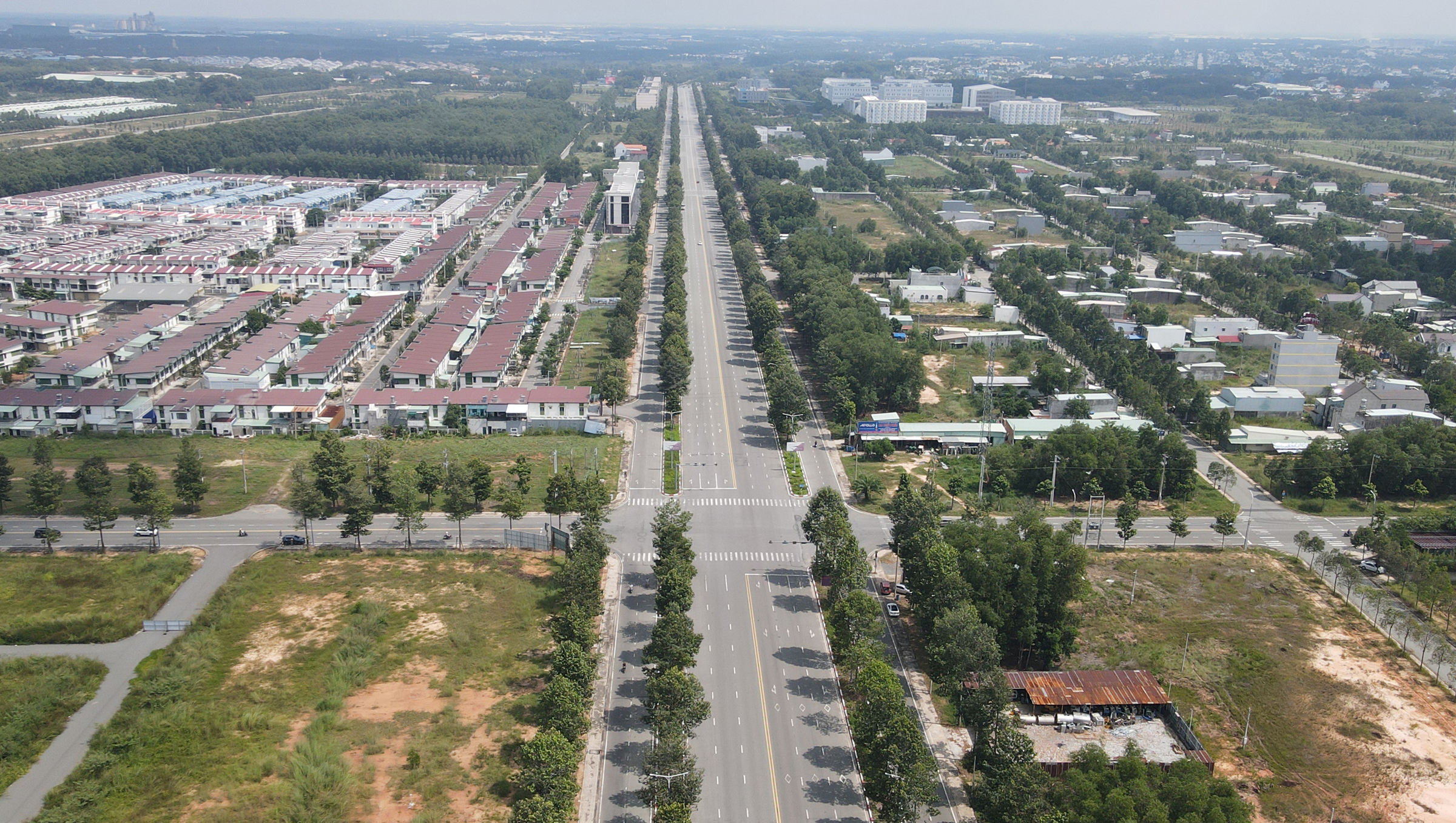 |
The 10-lane Ho Chi Minh City Ring Road 4 passing through Binh Duong in 11/2024. Photo: Phuoc Tuan |
Special mechanisms have been implemented to ensure the project's progress. For existing, licensed, and operational quarries with remaining reserves of common construction materials that haven't undergone mine closure procedures, provincial People's Committees are authorized to adjust reserves, extend operating periods, and increase exploitation capacity without requiring adjustments to provincial planning or new exploitation project proposals. Environmental impact assessment report approvals are also exempted.
For unlicensed mineral deposits identified in project survey documents, localities can incorporate them into their provincial mineral management plans without requiring overall planning revisions. Organizations and individuals involved in the project will be granted construction material exploitation permits without participating in exploitation right auctions.
Public investment sub-projects will follow the procedures of Group A projects. For PPP projects, provincial People's Committees will serve as the investment appraisal and decision-making bodies. The National Assembly Standing Committee is authorized to review and adjust investment policies when the National Assembly is not in session.
The government is also authorized to directly appoint contractors for consulting, non-consulting, planning adjustment consultancy, and resettlement infrastructure construction packages to expedite project implementation.
Some delegates suggested learning from previous large-scale transport projects and implementing long-term planning and investment strategies. The National Assembly Standing Committee stated that the project is phased with an initial 4 lanes and land clearance for 8 lanes to avoid future expansion needs.
Addressing concerns about funding, the National Assembly Standing Committee emphasized that due to its significance, the project has been exempted from capital balance assessments required by public investment and PPP laws. However, the government is responsible for allocating and balancing sufficient resources to ensure the project's progress and quality.
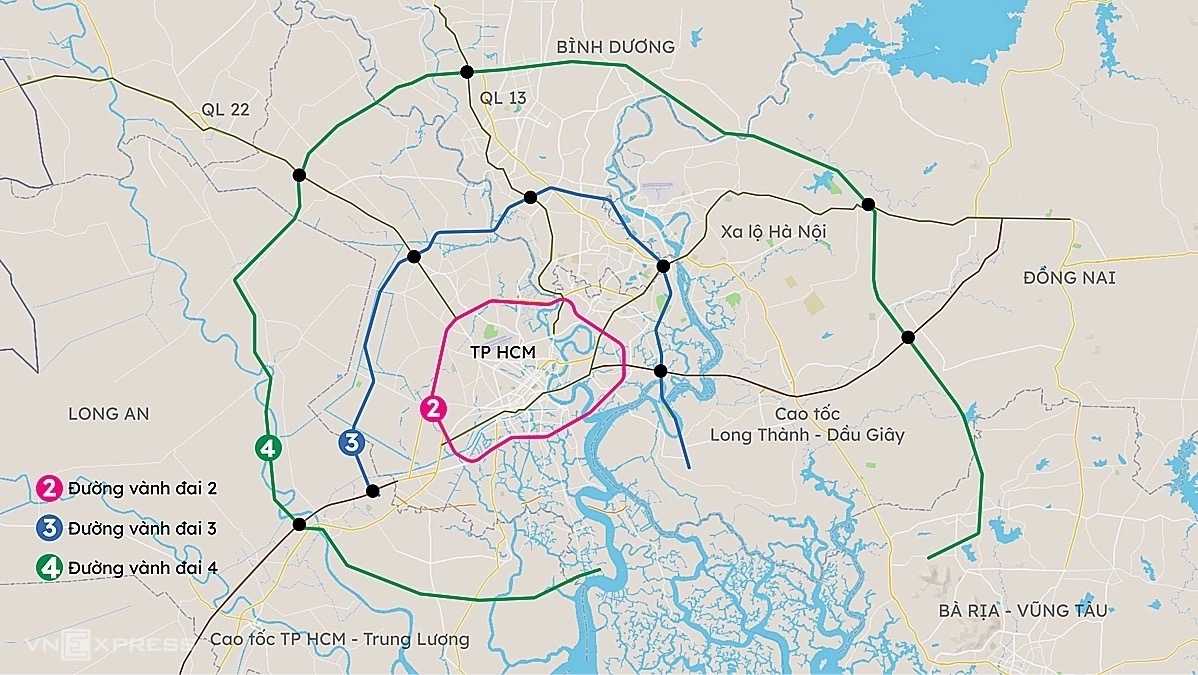 |
The route of Ring Road 4. Graphics: Khanh Hoang |
Vu Tuan





